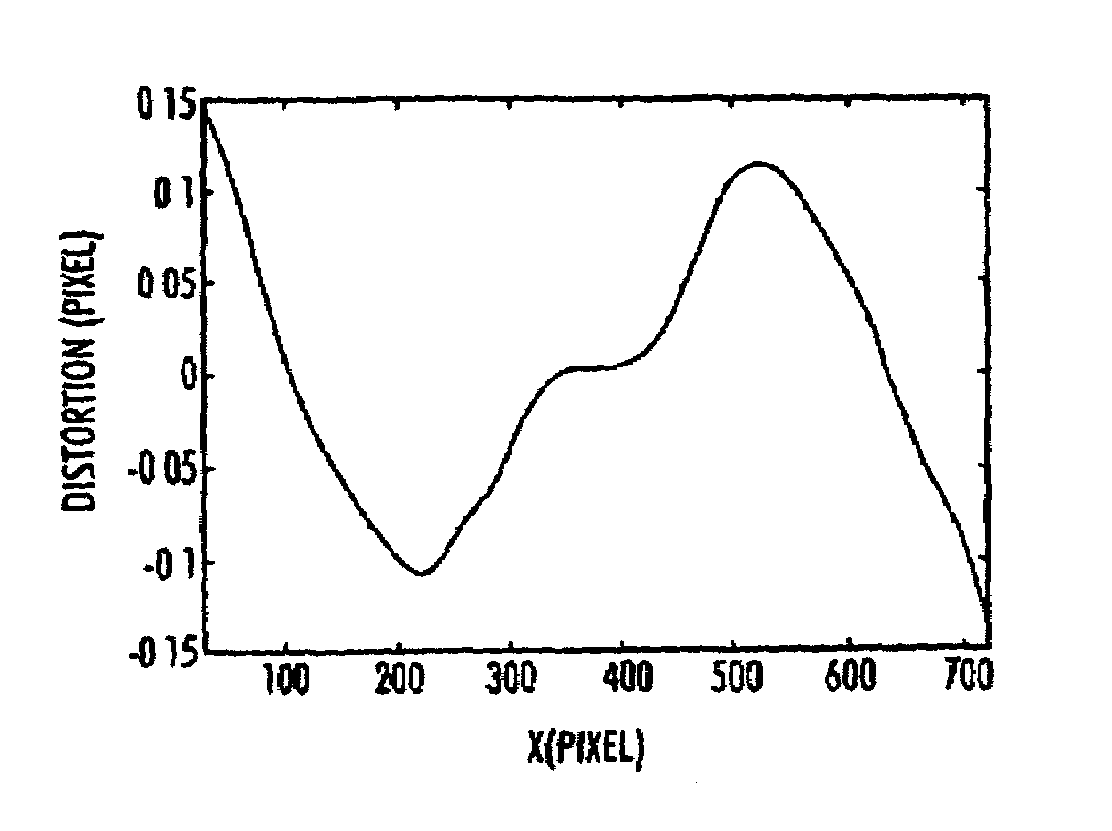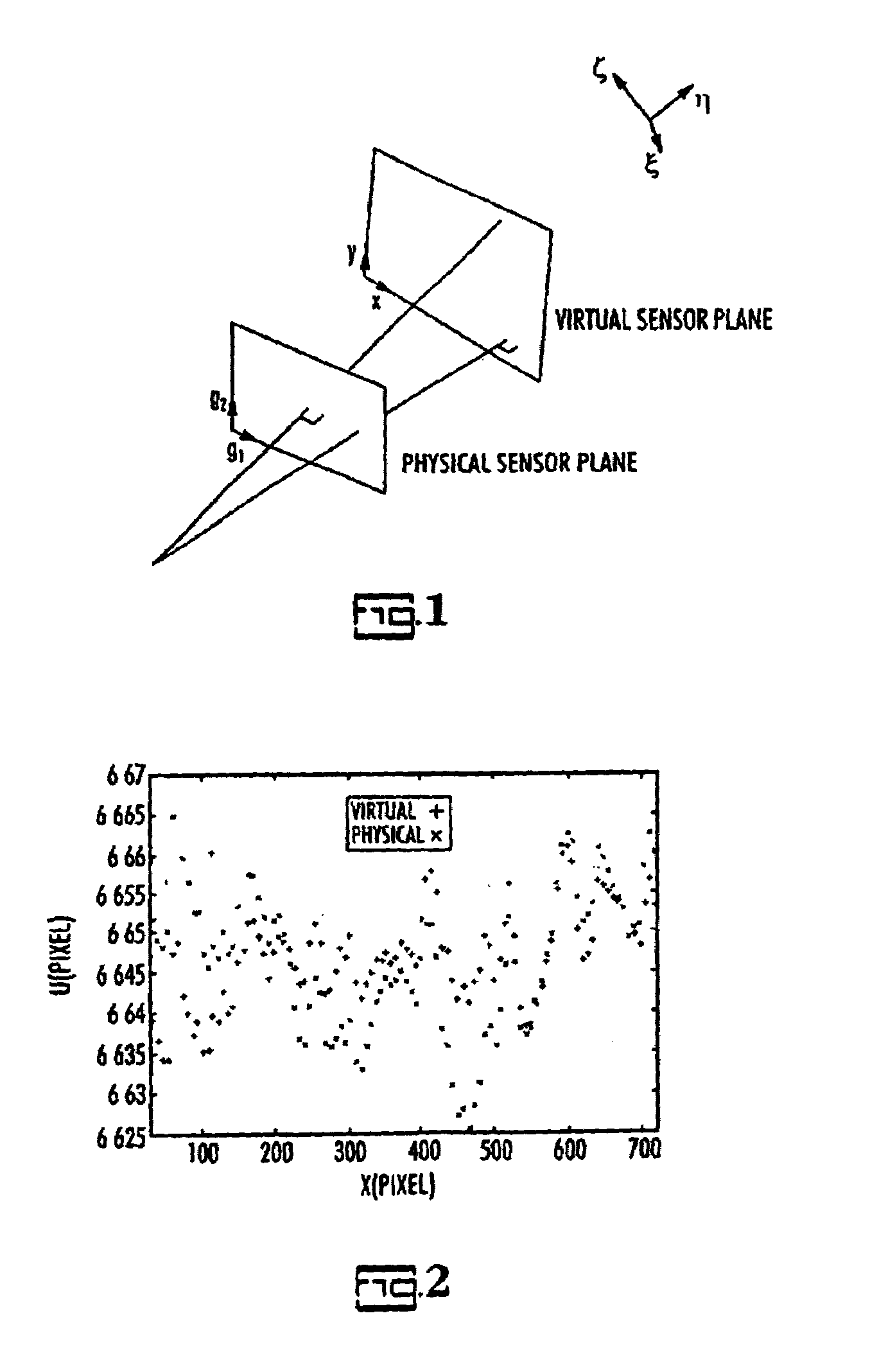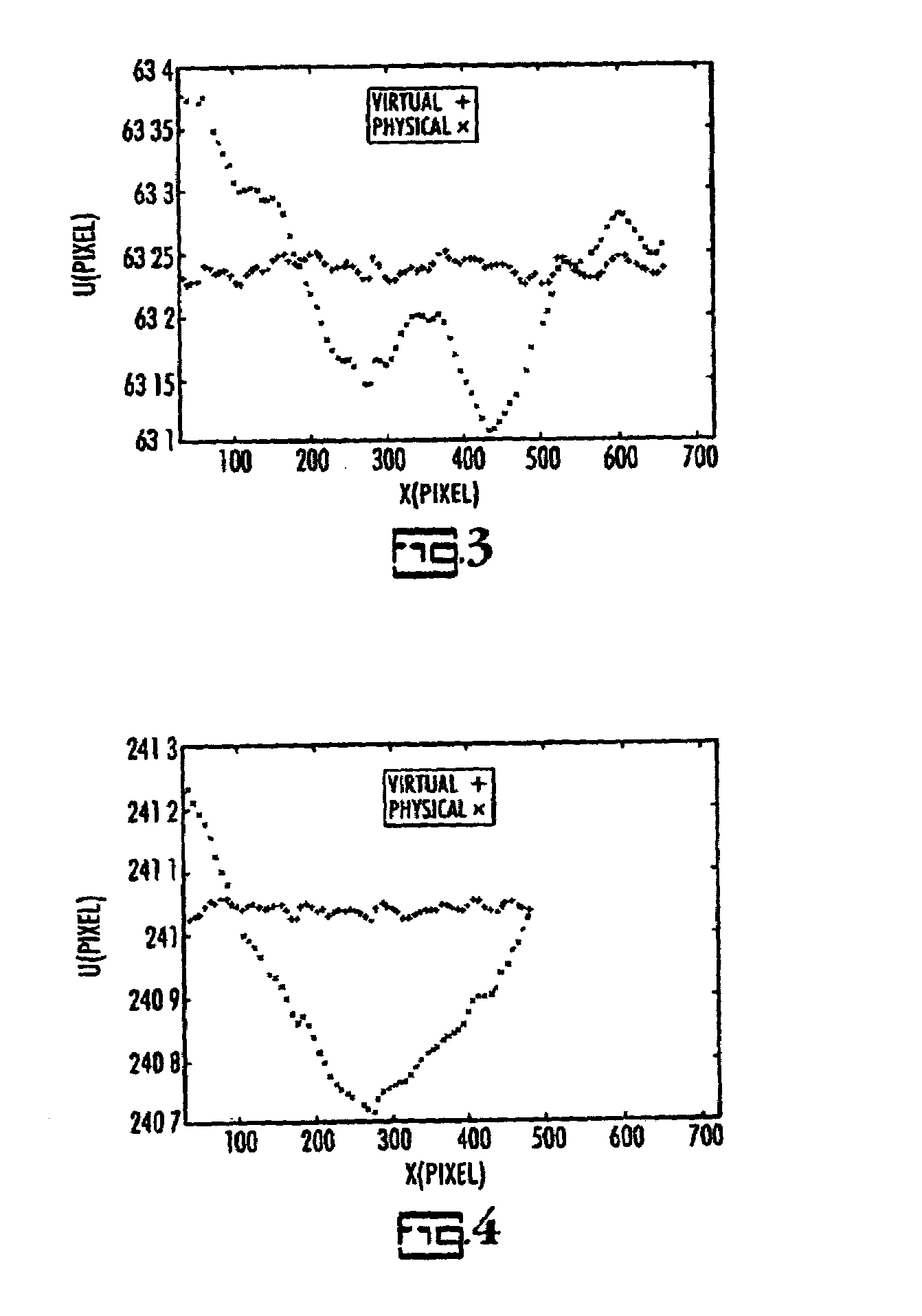Calibrated sensor and method for calibrating same
a sensor and sensor technology, applied in the field of calibration sensors and methods, can solve the problems of not always practical and many physical quantities cannot be directly measured, and achieve the effect of improving sensor performance, reducing sensor cost, and increasing sensor cos
- Summary
- Abstract
- Description
- Claims
- Application Information
AI Technical Summary
Benefits of technology
Problems solved by technology
Method used
Image
Examples
Embodiment Construction
[0019]The present invention will be described in connection with an optical sensor, partly for convenience and partly because the present invention works well with optical sensors, but the present invention is not limited to optical sensors. As noted previously, the term “senor” is intended to include any combination of imaging elements and physical sensing elements such as photodiode arrays, as well as a great many transducers. Any measurement system that would inherently have distortion, that is, non-linear response, can benefit from the present method.
[0020]The present method requires use of the sensor to obtain several images of a planar object; each image is obtained following a translation relative to the object by a small distance from the preceding one, as a prerequisite to deriving the calibration function. These translations must be (1) in the same plane as the planar object and (2) non-parallel, and preferably orthogonal. Non-parallel movements have orthogonal components ...
PUM
 Login to View More
Login to View More Abstract
Description
Claims
Application Information
 Login to View More
Login to View More - R&D
- Intellectual Property
- Life Sciences
- Materials
- Tech Scout
- Unparalleled Data Quality
- Higher Quality Content
- 60% Fewer Hallucinations
Browse by: Latest US Patents, China's latest patents, Technical Efficacy Thesaurus, Application Domain, Technology Topic, Popular Technical Reports.
© 2025 PatSnap. All rights reserved.Legal|Privacy policy|Modern Slavery Act Transparency Statement|Sitemap|About US| Contact US: help@patsnap.com



